Why the Great Lakes are just plain Great.
North America’s Great Lakes are truly enormous. Home to major metropolis’s like Cleveland, Milwaukee, Chicago, Toledo, Buffalo, Toronto, Rochester and Thunder Bay and hundreds of small towns and cities, this region straddling Canada and the United States has a lot to offer…
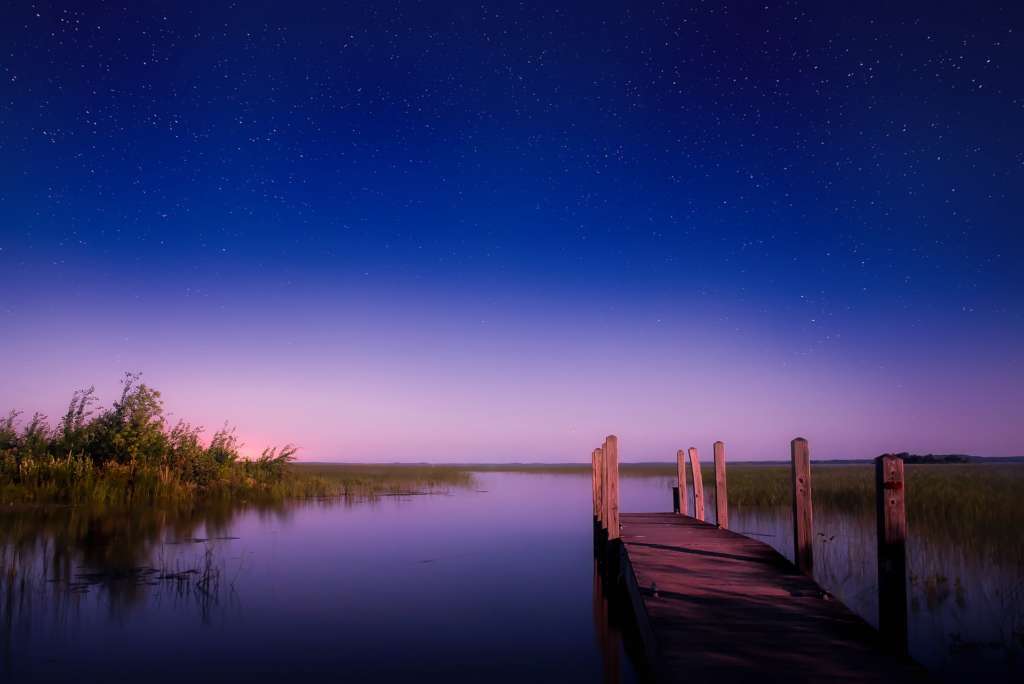
One: There are five Great Lakes in North America. Listed from smallest to largest, they are:
- Lake Erie – volume approx 116 cubic miles
- Lake Ontario – volume approx 393 cubic miles
- Lake Huron – volume approx 850 cubic miles
- Lake Michigan – volume 1180 cubic miles
- Lake Superior – volume 2900 cubic miles
Two: Of the five lakes, only one is located entirely in the United States – Lake Michigan – all the rest of the lakes are split between Canada and the U.S. Lake Michigan takes approximately 99 years to replace the water in itself and boasts one of the world’s largest fresh water sand dunes.
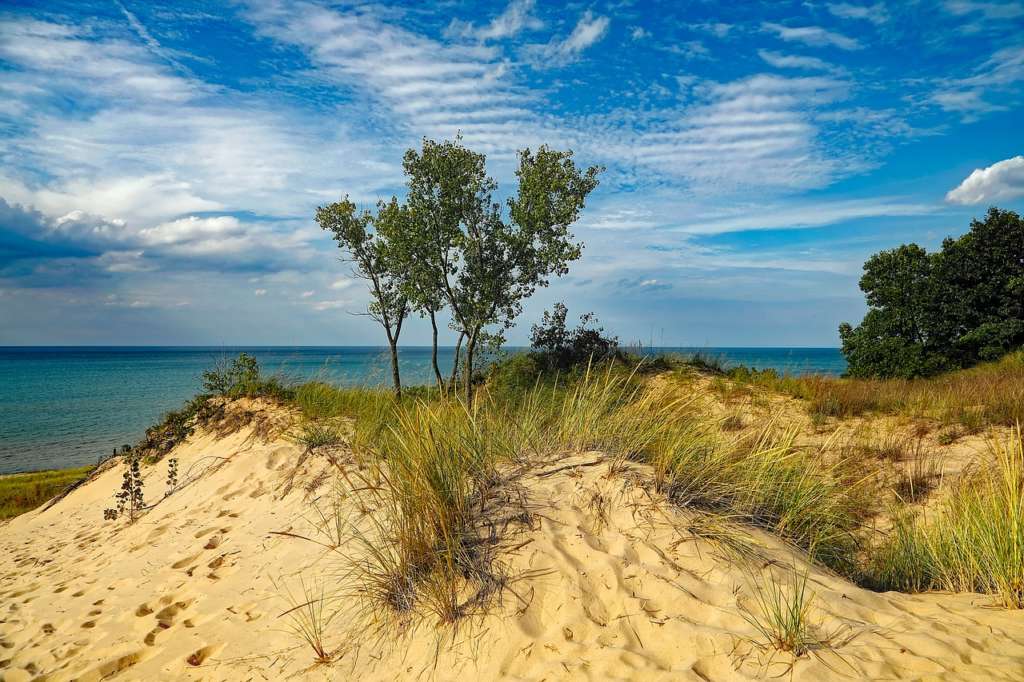
Three: There are more than 35,0000 islands in the lakes and the largest is Manitoulin in Lake Heron. You may have heard of the “Thousand Islands” in the St Lawrence River – this is home to 1800 (approx) islands and is one of Canada’s national treasures.
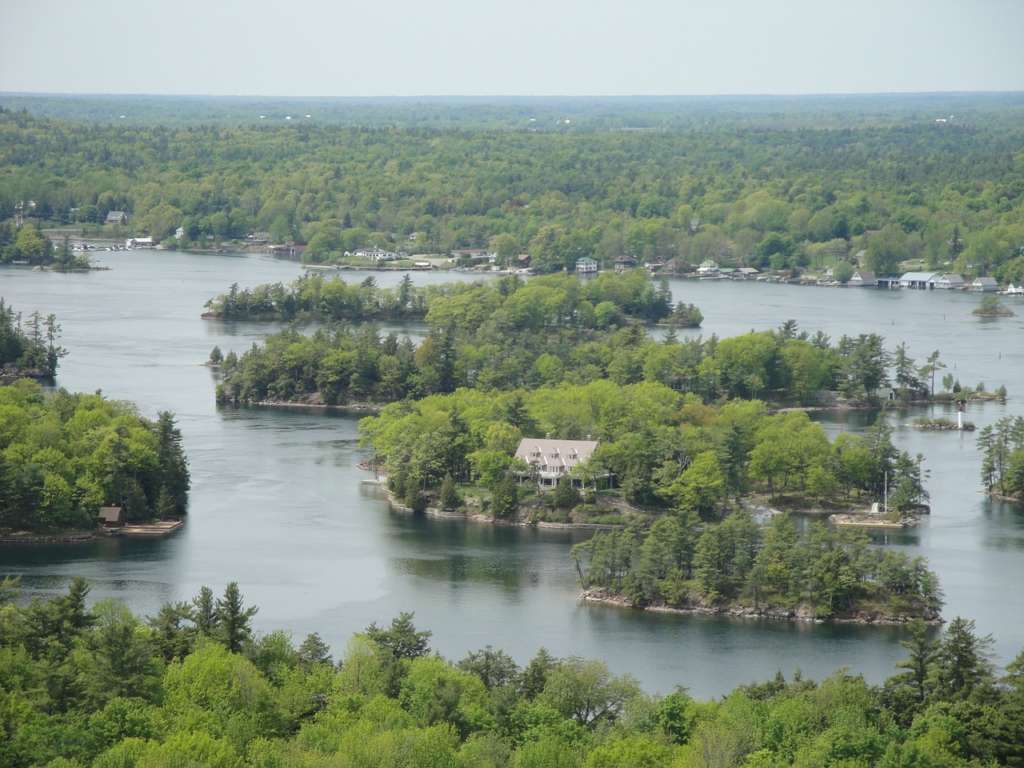
Four: Lake Erie and Huron are both named after native American tribes and Lake Ontario is Iroquois for “Beautiful Lake”. There are quite a lot of shipwrecks on the Lakes as different wars, storms and general accidents have taken their toll.
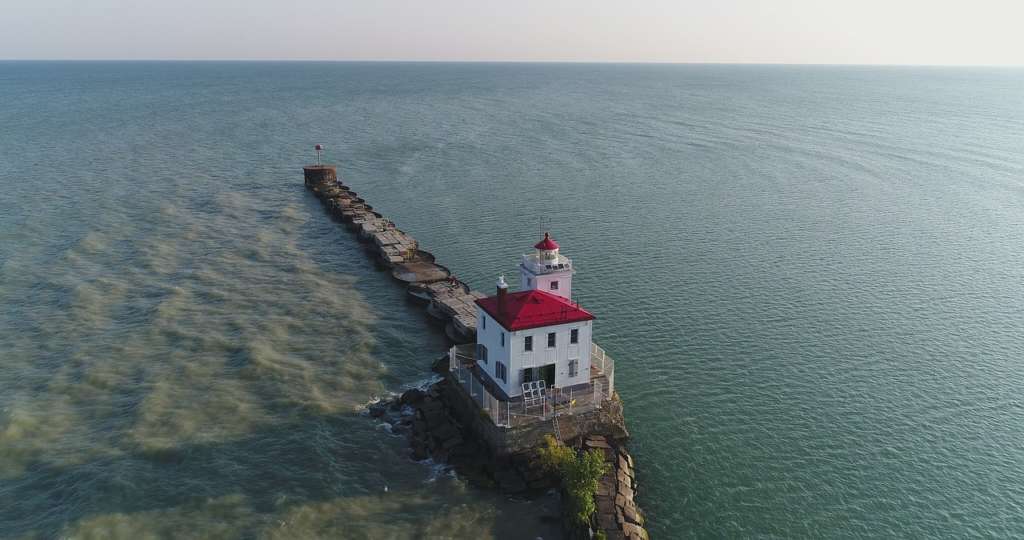
Five: Fishing in the lakes can land you a whopping 200 pound (90kg) sturgeon (if you’re lucky of course). Legend has it that there is a monster called Bessie who lives in Lake Erie with sightings of this 30-40 foot long creature dating back to the 1790’s.
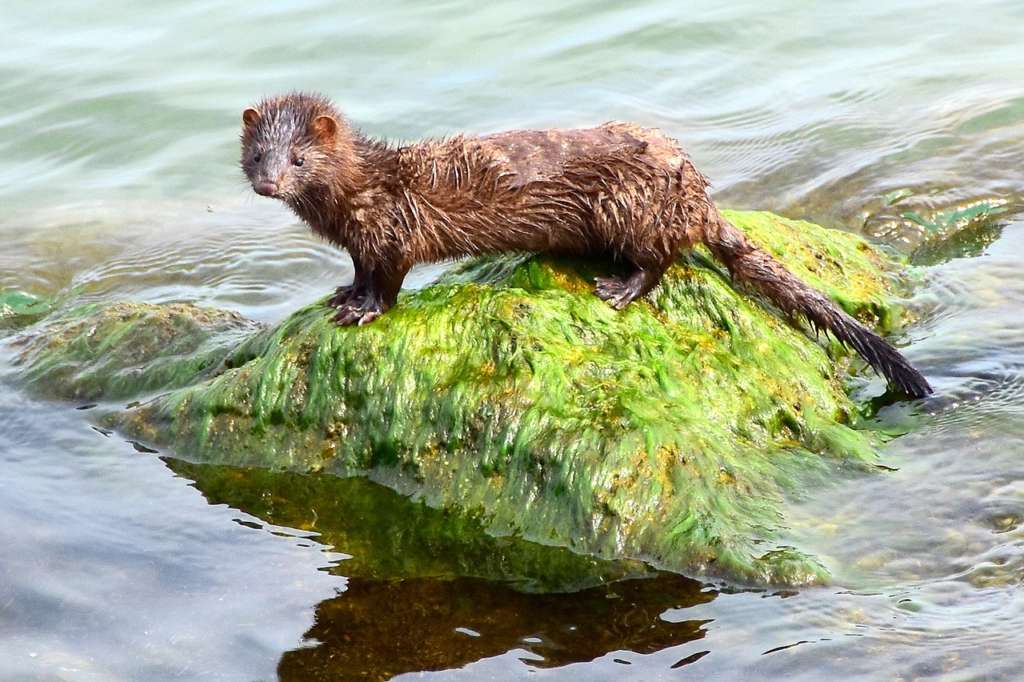
Six: The Great Lakes cover an area of just over 521,800 square kilometres and within Lake Superior there is an island that has it’s own set of lakes – Island Royale.
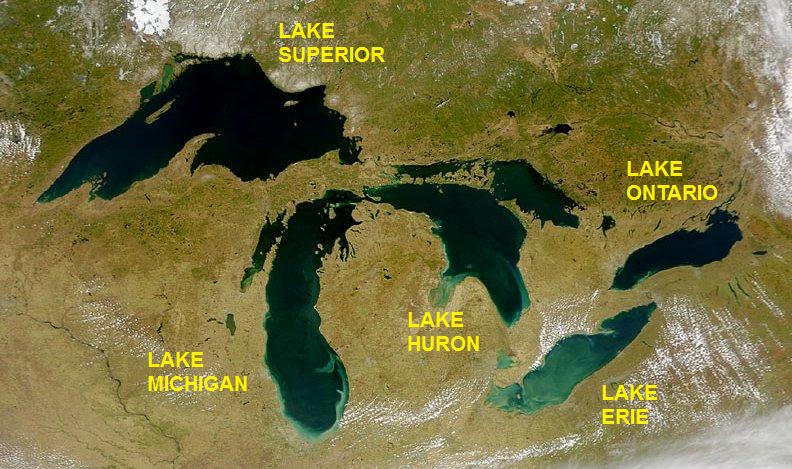
Seven: There is enough water in Lake Superior to submerge all of North and South America in one foot of water as it contains 3 quadrillion gallons of water and 10% of the world’s fresh surface water. Lake Superior is so large that it behaves more like an inland sea.
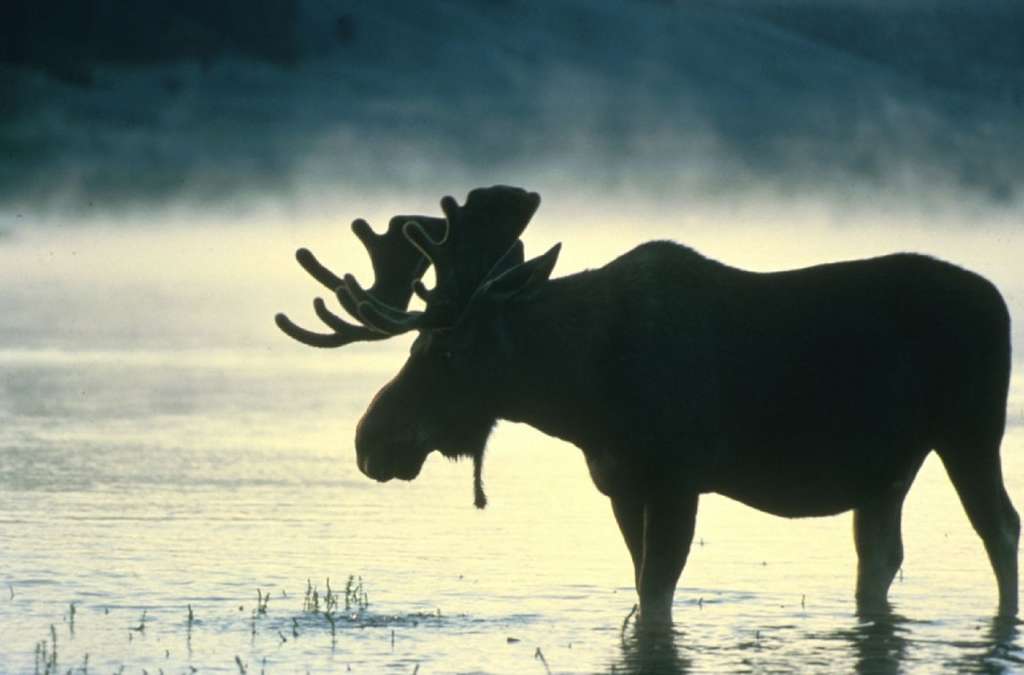
Eight: There is a salt mine running underneath Lake Huron – deep underneath at more than 500 metres down. Also under Lake Huron are 9000 year old animal herding structures used by prehistoric peoples who lived there when water levels were lower. Lake Huron also has whole other eco systems living underneath it with sulfuric sinkholes and low oxygen environments.
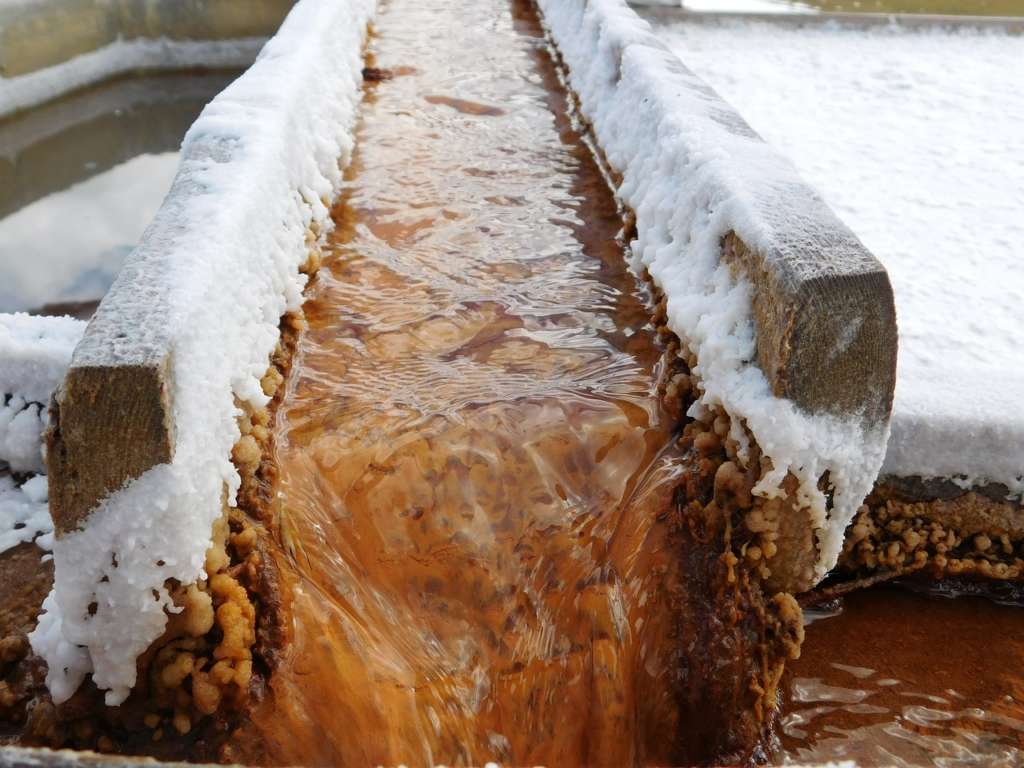
Nine: There is a ghost town on the shores of Lake Michigan which was abandoned after the great Chicago fire in 1971 called Singapore. Lake Michigan also had a pirate problem back in the 1800’s when timber was in short supply due to the deforestation of the surrounding area.
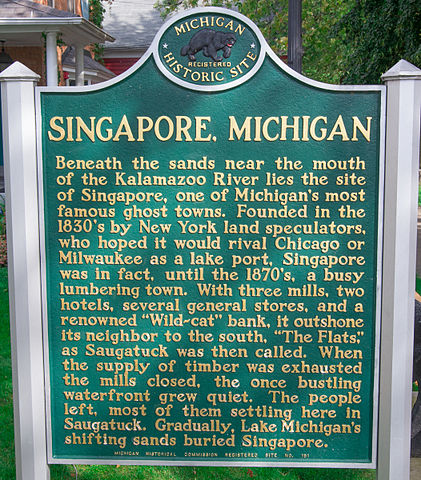
Ten: Contrary to popular belief, the Canadian Province of Ontario was named after the lake, not the other way around. There is even a Lake Ontario on the moon – it is properly named: Ontario Lacus though. Legend has it that Babe Ruth, baseball legend hit his first home run at Hanlan’s Point Stadium in Toronto right out into Lake Ontario and it is still believed to be there!
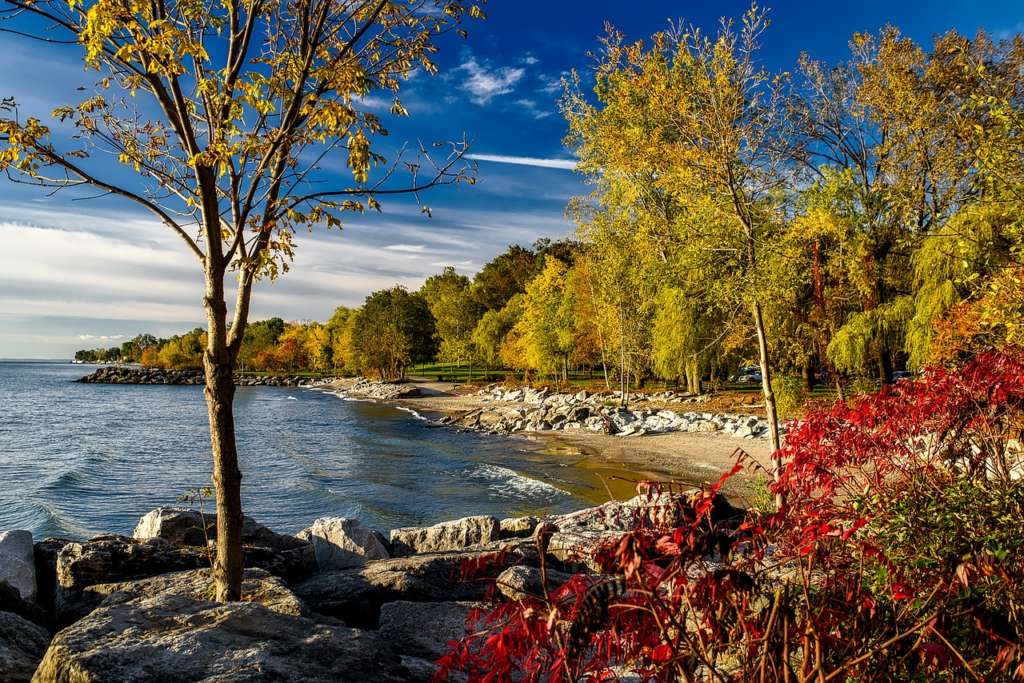
Bibliography/Sources:
- US Environmental Protection Agency: https://www.epa.gov/greatlakes/physical-features-great-lakes
- Mental Floss: http://mentalfloss.com/article/74674/10-deep-facts-about-great-lakes
- Buzzfeed: https://www.buzzfeed.com/andrewziegler/great-lakes-facts-that-will-blow-your-mind
- Live Science: https://www.livescience.com/29312-great-lakes.html

